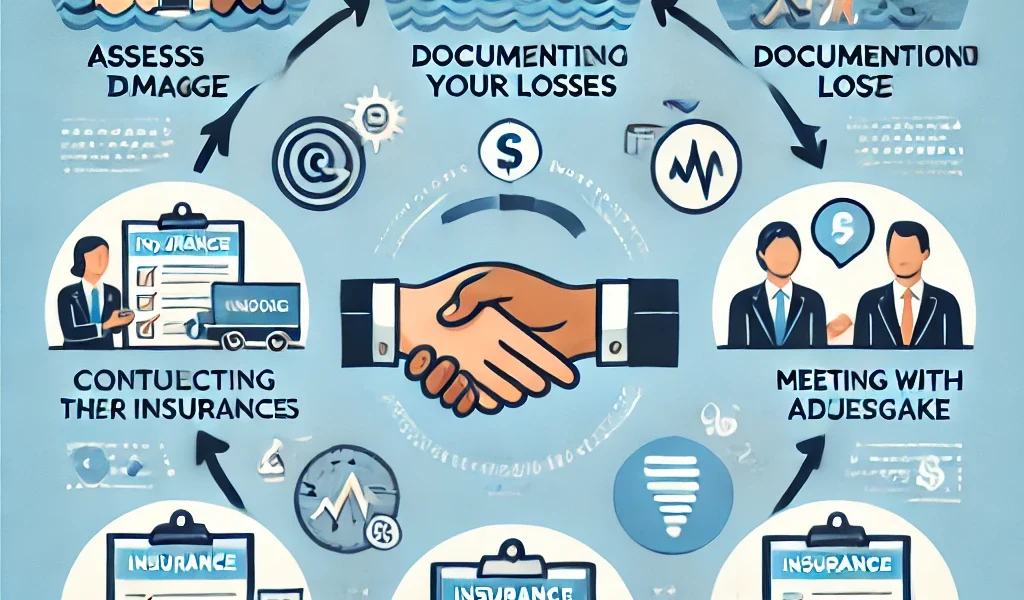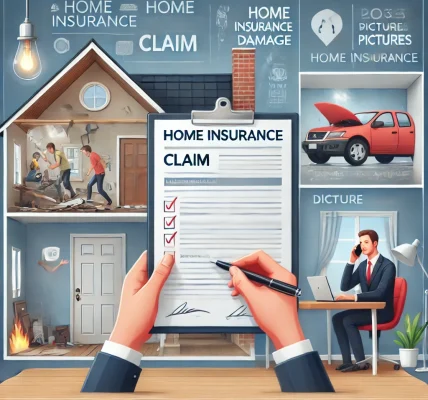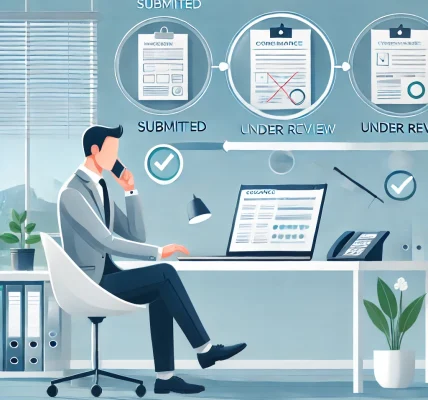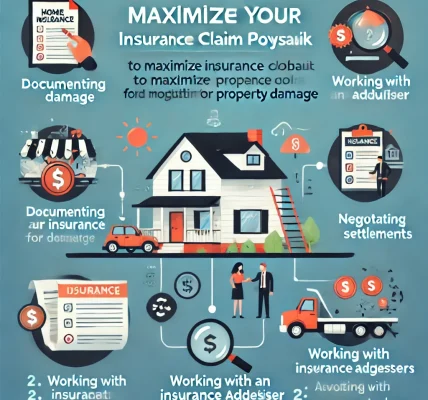Natural disasters such as hurricanes, earthquakes, floods, and wildfires can cause devastating damage. If you have insurance coverage for such events, it’s essential to know how to navigate the claims process effectively to ensure you receive the compensation you deserve. This guide will walk you through the steps to claim insurance for natural disasters, common pitfalls to avoid, and tips to maximize your payout.
1. Understanding Natural Disaster Insurance Coverage
Not all insurance policies automatically cover natural disasters. Understanding your coverage is the first step before filing a claim.
Types of Insurance That Cover Natural Disasters:
- Homeowners Insurance: Covers damage to your home and belongings but may exclude certain disasters like floods or earthquakes.
- Flood Insurance: A separate policy required for flood coverage, typically provided through the National Flood Insurance Program (NFIP) or private insurers.
- Earthquake Insurance: Separate coverage needed in high-risk areas.
- Auto Insurance: Comprehensive coverage includes damage from natural disasters.
- Business Interruption Insurance: Covers lost income if your business is affected by a disaster.
Check Your Policy for:
- Coverage limits
- Exclusions (e.g., earthquake damage not covered in standard policies)
- Deductibles
- Additional living expenses coverage
2. Steps to File a Natural Disaster Insurance Claim
Filing an insurance claim after a natural disaster requires timely and accurate documentation.
Step 1: Ensure Safety First
- Before assessing damages, ensure your safety and that of your family.
- Follow evacuation guidelines if necessary.
Step 2: Document the Damage
- Take clear photos and videos of all damaged property and belongings.
- List items that are damaged or lost with approximate values.
- Keep receipts for repairs, temporary housing, or emergency purchases.
Step 3: Contact Your Insurance Provider
- Notify your insurer as soon as possible.
- Provide your policy number and a brief description of the damage.
- Request information on the claim process and required documents.
Step 4: Meet with an Insurance Adjuster
- The insurance company will send an adjuster to inspect the damage.
- Be present during the inspection and provide all necessary documentation.
- Get a written estimate from independent contractors to compare with the adjuster’s report.
Step 5: Review the Settlement Offer
- Insurers may offer a low initial settlement.
- Negotiate if the amount does not cover your losses.
- If necessary, hire a public adjuster or consult an attorney.
Step 6: Receive Your Payout and Begin Repairs
- The insurance company will issue payment based on the settlement agreement.
- Use the funds for repairs and replacements as needed.
- Keep all receipts and records of work done.
3. Common Reasons for Claim Denials & How to Avoid Them
Insurance companies may deny claims for various reasons. Be aware of these and take proactive steps to prevent them.
Reasons Claims Get Denied:
- Lack of coverage: Certain disasters may not be covered.
- Missed deadlines: Failing to file a claim within the insurer’s time frame.
- Insufficient documentation: Inadequate proof of damage and loss.
- Pre-existing damage: Claims may be denied if the insurer suspects damage occurred before the disaster.
- Policy exclusions: Some policies exclude specific damages.
How to Avoid Claim Denials:
- Review your policy before a disaster strikes.
- Document your home and belongings regularly.
- File claims promptly and provide complete documentation.
- Appeal denied claims if you believe they were unfairly rejected.
4. Additional Tips to Maximize Your Insurance Claim
- Keep a Home Inventory: Maintain a list of valuables with photos and receipts.
- Secure Temporary Repairs: Prevent further damage, but do not make permanent repairs before inspection.
- Stay Organized: Keep all claim-related documents in one place.
- Work with Professionals: A public adjuster can help negotiate a fair settlement.
- Know Your Rights: Research consumer protection laws related to insurance claims.
5. Final Thoughts
Claiming insurance for natural disasters can be complex, but proper preparation and a thorough understanding of your policy can make the process smoother. By following these steps, documenting damage meticulously, and negotiating effectively, you can ensure that you receive the compensation you deserve.




